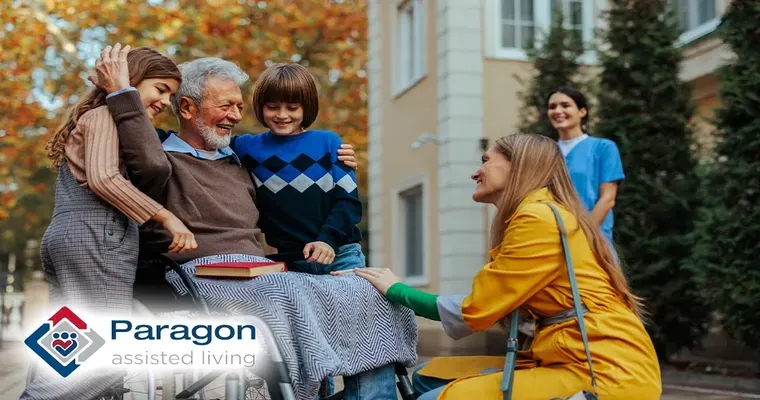Caring for a loved one can be a challenging yet rewarding experience, but it often requires the support of family members. "Getting your siblings to help with caregiving" can lighten your load and foster a sense of teamwork. However, this task can be easier said than done. In this article, we will explore effective strategies to encourage your siblings to participate actively in caregiving responsibilities.
Communicate Openly
The first step in "getting your siblings to help with caregiving" is to initiate an open and honest conversation. Share your feelings about the caregiving situation and articulate your needs. Make sure to express how their involvement can make a significant difference. Discuss the emotional and physical challenges you face and invite your siblings to share their thoughts. This dialogue can help establish a sense of shared responsibility.
Define Roles and Responsibilities
Once you've communicated your needs, it’s essential to outline specific roles and responsibilities. This can help prevent misunderstandings and ensure everyone knows what is expected of them. You might divide tasks based on each sibling's strengths or availability. For instance, one sibling might handle medical appointments, while another can focus on daily caregiving tasks. Clarifying these roles can make it easier for everyone to contribute.
Offer Flexibility
Life can be busy, and your siblings may have their own commitments. When "getting your siblings to help with caregiving", it's important to offer flexibility. Allow them to choose when and how often they can help. This flexibility can encourage them to participate without feeling overwhelmed. Additionally, consider rotating responsibilities, so caregiving does not become a burden for one person.
Create a Caregiving Schedule
Creating a "caregiving schedule" can help organize everyone’s contributions and ensure that no one feels overburdened. A shared calendar can be an effective tool for this. By visually mapping out who is responsible for what and when, you can foster accountability and ensure that care is consistently provided. This can also help your siblings see how their involvement fits into the bigger picture.
Show Appreciation
Recognizing your siblings' efforts is crucial in maintaining their motivation. Make sure to express your gratitude for their support, whether it's through verbal acknowledgment, small gifts, or acts of kindness. Showing appreciation can strengthen family bonds and encourage continued participation in caregiving.
Involve Them in Decision-Making
Another effective strategy for "getting your siblings to help with caregiving" is to involve them in decision-making processes regarding the care of your loved one. This can make them feel more invested and personally connected to the caregiving experience. By discussing care plans, preferences, and potential challenges together, you foster a collaborative environment that encourages active participation.
Address Concerns and Challenges
Sometimes, siblings may hesitate to help due to specific concerns or challenges. It’s important to address these issues head-on. If a sibling feels unqualified or unsure about how to help, offer to provide training or resources. Whether it’s sharing information about medical conditions or discussing caregiving techniques, providing support can help them feel more confident in their ability to contribute.
Foster a Supportive Environment
Creating a supportive environment is essential for successful collaboration in caregiving. Encourage open communication and make it clear that everyone’s feelings and opinions are valued. This can foster a sense of unity and help siblings feel more comfortable discussing any difficulties they may encounter.
Conclusion
"Getting your siblings to help with caregiving" may require effort and patience, but the benefits of sharing the responsibility can be significant. By communicating openly, defining roles, offering flexibility, and fostering a supportive environment, you can encourage your siblings to become active participants in the caregiving process. Together, you can create a stronger support system for your loved one and each other, making the journey of caregiving more manageable and fulfilling for everyone involved.





